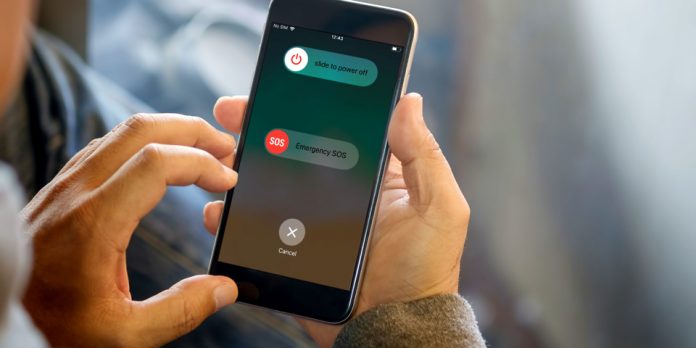We’ve joined with Torro Cases, suppliers of stylish and practical genuine leather iPhone 6 cases, to help us explain why smartphones have provided the public with so many benefits, as well as those who work within the emergency services.
The concept has taken a mobile phone from being merely a device for making calls and sending text messages to gadgets which serve as nimble handheld cameras, portable TV screens and on-the-go internet browsers — to name just a few of their features. This highlights just how mobiles have developed over time to keep up with desires of the public.
Samsung’s deal with emergency services
As part of their work, police forces, fire crews and paramedics may soon be provided with a Samsung smartphone. This stemmed from a contract in November 2017 which was signed between the government and the South Korean technology firm. This resulted in supplying 250,000 handsets to establish a new emergency communications network for the country.
Each smartphone will have a variety of features, such as a unique “push to talk” button that grants users the opportunity to communicate instantly without being required to dial a phone number. Each smartphone will also be toughened and water resistant. Police officers can feed live video back to their headquarters, fire crews can download building blueprints ahead of tackling a blaze, paramedics can access patient records and all emergency service personnel can access the internet while on duty.
Which emergency features will be in place?
As well as incorporating features that will enable emergency services workers to successfully carry out their job, there also needs to be features in place that will help emergency service workers if they actually need help themselves.
One feature that will enable this is an Emergency SOS feature. This is a safety feature that is built into many modern smartphones that allows you to call for help discreetly, share your location or lock down your device.
But how do you activate this? Well, The Emergency SOS feature can be activated on iPhone devices with the iOS 11 software update by following these steps:
1. Go to the Settings app on your smartphone and select Emergency SOS.
2. Enable Auto Call.
3. Switch on Also Works with 5 Clicks if given the prompt.
4. Select Set Up Emergency Contacts in Health and state who you want your location sent to.
If you own a Samsung Galaxy, the equivalent to the Emergency SOS feature can be activated by:
1. Going to the Settings app on your smartphone and selecting Privacy and Security.
2. Selecting Send SOS Messages and ensuring it’s toggled to ON.
3. Switching on both Attach pictures and Attach audio recording.
Once activated, you only need to press the power button on your smartphone three times to send a text or voice message to emergency contacts, as well as informing them of your precise location and sending them a photo directly from your device’s camera.
For iPhone 8 users, these features can be accessed by holding down the power button and one of the volume buttons at the same time.
Once all of these steps have been followed on Android, you’ll be able to contact the emergency services via 112, send out your location to emergency contacts and deactivate your smartphone’s Touch ID feature just by pressing your device’s power button five times when it’s locked.
The evolution of scanning
Police have faced a long series of problems where identification is concerned. This has stemmed from the fact that in the past, officers who wanted to clarify someone’s identity were required to take that person into police custody to take fingerprints.
A revolutionary system using smartphones reduces this time to mere minutes as oppose to hours. It can also be completed on the street as opposed to taking an individual to a police station.
But how does this process work do you ask? Well, the system in question works by officers taking scans of the tips of two fingers, with this initial scan checked against more detailed scans that the police have on record — a cross reference of approximately 12 million records found in national criminal and immigration fingerprint databases. Should a match be established, the police will be receive details of a person’s name, their date of birth and other information crucial to their identification.
West Yorkshire Police chief inspector Ian Williams has welcomed the scanners, pointing out to WIRED: “Most of the people we deal with from a criminal point of view tend not to carry anything with them that would identify them.”
Clive Poulton helped to manage the creation of the system at the Home Office, which has been in development since early 2017 and was initially trialed by West Yorkshire Police before being rolled out to its officers in the form of 250 scanners. Mr Poulton states that officers will only use the system when they are unable to identify someone by any other means, though the technology could also be applied to identify an individual who is unconscious, requiring medical treatment or deceased.
Sources:
http://www.wired.co.uk/article/uk-police-handheld-fingerprint-scanner-database-biometric-security
https://www.telegraph.co.uk/business/2017/11/23/police-get-samsung-smartphones-210m-deal-connect-emergency-services/
https://talktalk.aol.co.uk/mobile-tips/2017/11/08/how-to-use-emergency-sos-on-your-iphone-galaxy-and-other-smartp/

